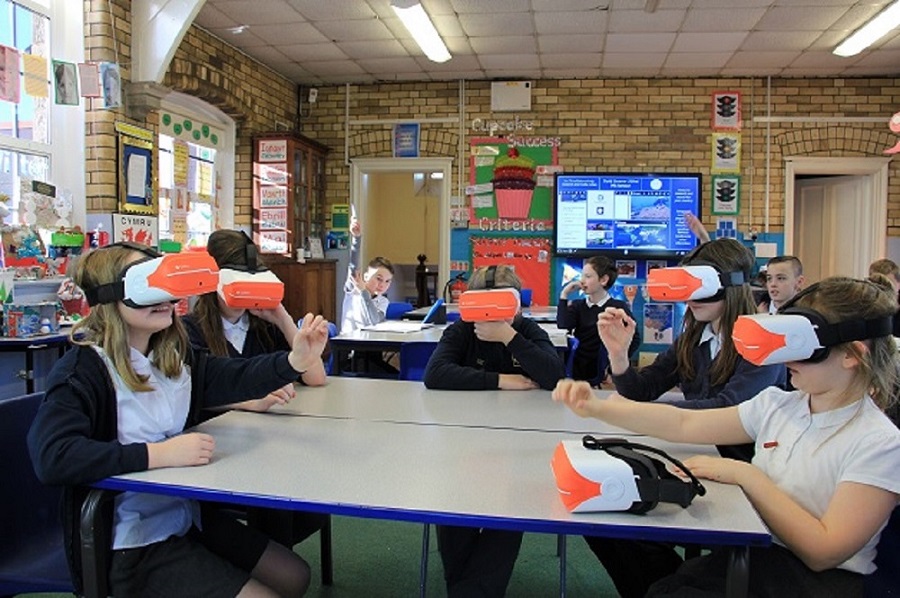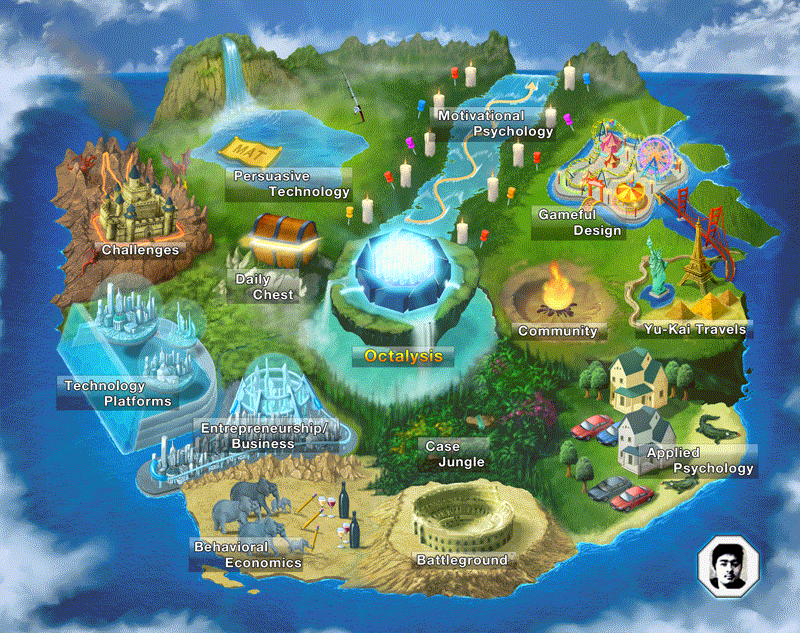It’s true to claim that a large portion of instruction consists of giving students facts. Accordingly, students that are successful tend to be those who can recall information easily. Conversely, students who find it difficult to assimilate a lot of information at once may lose interest in their studies rather fast. Teachers throughout the world are challenged to come up with fresh, original ways to engage their students as the world’s reliance on technology grows. Teachers are now faced with the problem of developing a remote learning environment that enables students to interact and engage from home, inspiring new and inventive ways to communicate information. The use of virtual and augmented reality technologies is one strategy that appears to be gaining popularity. Virtual Reality is the technology that creates experiences that are almost real and/or credible in a synthetic or virtual fashion. In contrast to Augmented Reality, which improves the real world by superimposing computer-generated data on top of it. Students can experience the subject directly in an engaging way through virtual and augmented reality, which helps them feel completely involved in what they are learning. In this way, it is a technique that can offer an alternate viewpoint to conventional learning and give students a distinctive experience that enables them to approach the subject genuinely.

Advantages of the use of VR and AG in the classroom
According to my perspective Virtual and augmented reality technologies and education have more applications than only projections and demonstrations. Teachers can also utilize it to engage their students by taking them on virtual field trips. Students can take a virtual field trip from home to enthralling, exotic locations they might not otherwise have the chance to see. Additionally, as students can access the entire world through their gadgets, they may also access the entire world to learn from. Beyond national boundaries, the use of AR and VR can assist educators in developing digital lesson plans that can be distributed to students all around the world. Anyone with the necessary technology can take part in the course from anywhere as long as they have access to it. Half-Life: Alyx – Math Lesson Half-Life: Alyx is a video game that a teacher uses to offer a lesson on probability in this virtual setting. The transmissive lecture takes place outside of a typical classroom but yet makes use of VR technology. Moreover Using augmented reality to teach pupils about difficult subjects is a great idea. Students can learn about numerous experiments and their risks with the use of AR. For instance, I am a science teacher I could use augmented reality (AR) to instruct students about various compounds and their applications. AR can advise students about safety precautions they should take by enabling them to scan lab equipment. Aside from improving instruction, augmented reality in the classroom can help cut expenditures. The ability to improve student learning is one of the main advantages of AR in the classroom. For instance, gamifying AR can strengthen student talents and attitudes. Students can experience actual situations and see actual graphics that are connected to the subject matter being taught in this kind of learning environment. Additionally, it can help people retain information. With AR, students may more easily remember what they have studied, which will be useful in the job of the future.

Challenges of using virtual and augmented realities in the classroom
I think that the availability, price, and accessibility of AR and VR in the classroom are, in my opinion, the main problems. Schools cannot currently afford this expensive equipment, which is unrealistic. So the usability of AR is occasionally viewed as being challenging. In addition, because it is a fresh technology involving several senses, such as children, AR may occasionally be a highly challenging tool. Students may experience time loss as a result, and it can necessitate a lot more lecture time, both of which have an impact on how effective education is. Additionally, the rigidity of the content in AR systems is another problem. Teachers are unable to make adjustments in this circumstance to meet the needs of the students or carry out the learning objectives. AR/VR is still a new technology, there is a noticeable technical learning curve for both students and instructors that could deter uptake. For AR/VR solutions to be successfully incorporated into lesson planning, instructors must have the requisite understanding. Many instructors haven’t even been introduced to AR/VR in other contexts, including training or personal entertainment, because the adoption of the technology is still in its early stages. Furthermore, Cognitive overload and confusion should be taken into account when talking about learning problems. In an AR learning environment, this may be related to the volume of information and the difficulty of the tasks that test students’ knowledge and comprehension. Students are forced to multitask due to the volume of information they encounter, the range of technical tools they must employ, and the difficulty of the jobs they must do. In addition, children may struggle due to a lack of critical abilities needed in AR contexts, like teamwork, technology manipulation, and spatial navigation. Last but not least, AR may confuse children by fusing reality and fiction, which would be counterproductive to learning and, in the worst circumstances, might endanger the physical safety of students
In conclusion, While imparting the necessary knowledge and skills to develop and advance young minds is a permanent goal of education, the way these teachings are delivered is always changing. Young learners have a unique opportunity to benefit from the integration of AR and VR technologies in the classroom. This opportunity also expands the potential for remote learning and allows for the development of teaching strategies that encourage students to stay interested, engaged, and have fun while learning. In order to apply AR/VR solutions in lesson plans and offer possibilities for the development of necessary content, instructors must have the knowledge and abilities to do so. This includes providing students and educators with the appropriate tools. By encouraging the creation of new content, making the appropriate investments in safety and efficacy studies, and supporting initiatives to increase access to these technologies, policymakers could encourage continued innovation.